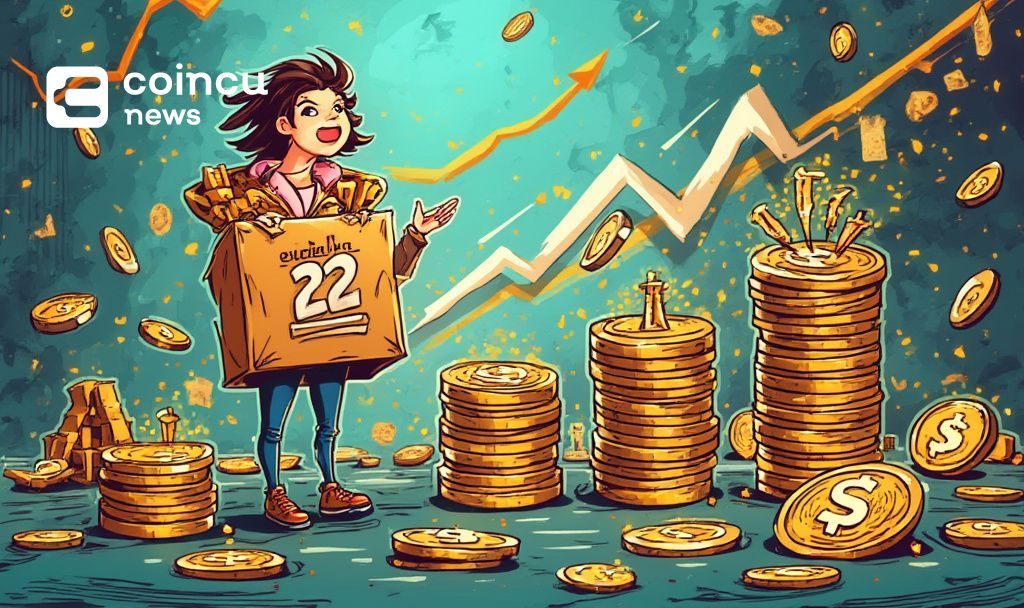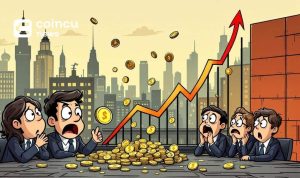- The U.S. CPI decreased to 2.4% in March from 2.8% in February.
- Analysts see this decline as a potential influence on Federal Reserve policy.
- Market responses included volatility in equity futures and bond yields.

The U.S. Bureau of Labor Statistics announced on April 10, 2025, that the unadjusted Consumer Price Index (CPI) for March fell to 2.4%, marking the lowest figure in six months. This report comes amid ongoing discussions about the nation’s economic health and monetary policy.
The decreased inflation rate unexpectedly fell below market expectations and may affect the Federal Reserve’s interest rate decision. Additionally, declined energy prices played a significant role in this drop, fostering a varied market response.
Energy Prices Drive March’s Unexpected CPI Drop to 2.4%
The latest figures from the U.S. Bureau of Labor Statistics indicated a notable drop in energy prices by 2.4%, which substantially contributed to the overall decline in inflation rates. The fall to 2.4% in March was lower than analyst forecasts, where expectations centered around 2.6%.
This decline aligns with recent trends in the energy market, marked by a 6.3% drop in gasoline prices, despite increases in natural gas and electricity rates. The evolving inflationary landscape has led to increased scrutiny on the Federal Reserve’s policy moves, as the data suggest limited immediate monetary tightening might be necessary.
The CPI report induced volatility across U.S. equity futures and bond yields, reflecting investor uncertainty.
Greg McBride, Chief Financial Analyst at Bankrate, remarked, “That was nice, but don’t get used to it,” highlighting market skepticism about sustained disinflation amid tariff-related pressures.
Historic Inflation Trends and Expert Caution on Future Pressures
Did you know? In past periods of stabilized monetary policy, similar inflation declines occurred following significant energy price reductions, reminiscent of trends seen in post-financial crisis eras.
Past instances of such inflation rates have often been connected with declining energy prices, suggesting a cyclical pattern in economic conditions. This latest data presents a resemblance to early 2021, when core inflation rates fell to a relative low.
Experts caution that while the current figures suggest improvement, external economic pressures, including global commodity prices, may still influence future inflation trends. Any lasting impact on economic policy remains contingent on continued moderation in key inflationary drivers, such as energy and shelter prices.























